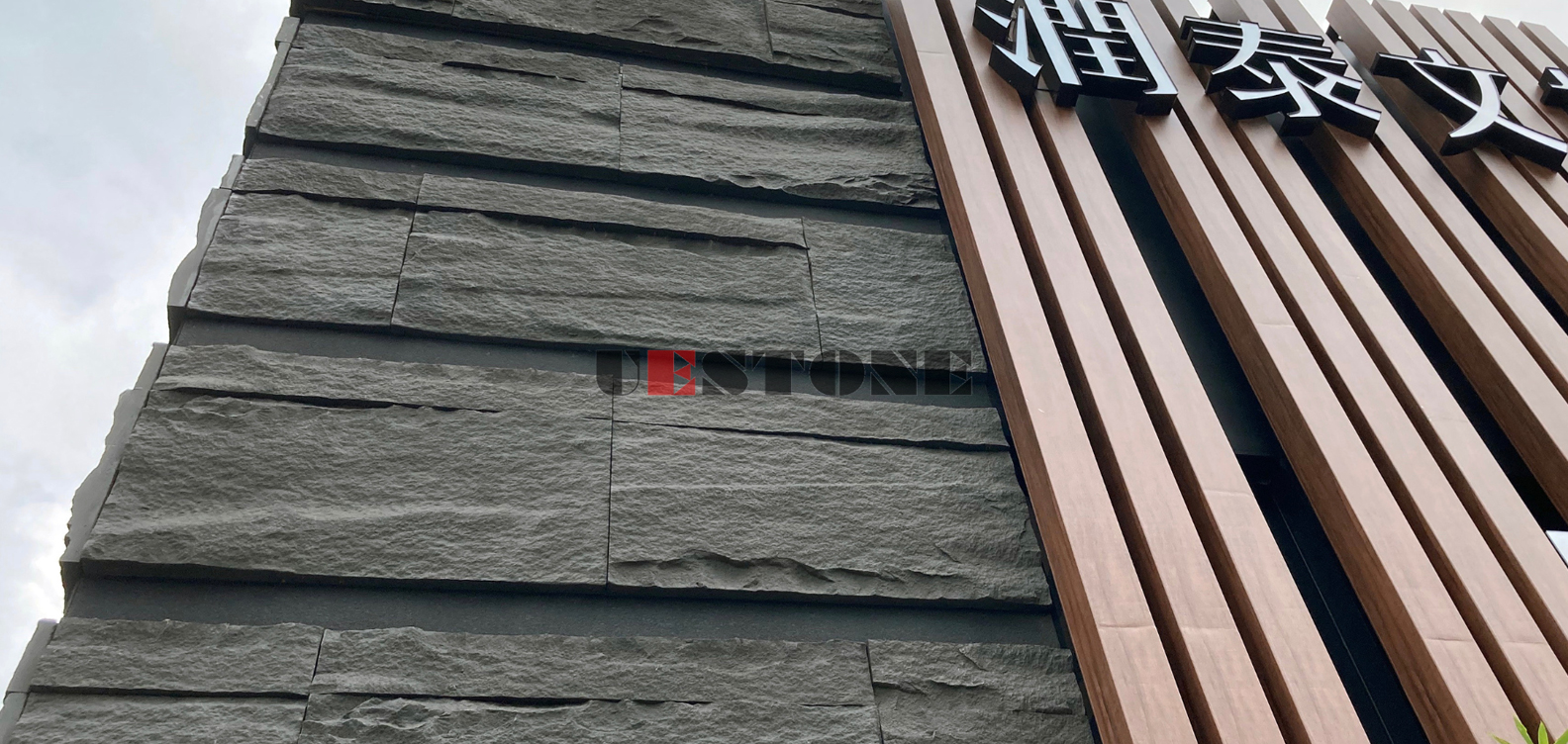
Testing Report
The full name of polyurethane is polyurethane, which is a general term for macromolecular compounds containing repeated carbamate groups on the main chain.
It is formed by addition polymerization of organic diisocyanate or polyisocyanate and dihydroxy or polyhydroxy compound.
Polyurethane material has a wide range of uses and can replace rubber, plastic, nylon and other products. It has the following characteristics:
- Long service life and reduced cost.
- Temperature resistance is between minus 20 degrees and high temperature of 120 degrees
- Polyurethane products are non-polluting, non-toxic and tasteless.
Meilu Lightweight Wall Materials conducts extensive testing of its products and proprietary coating systems. The details and results of this test are as follows:
*BeautyGreen beauty green light wall material hardness/adhesion test
Test Purpose: The hardness/adhesion of the coating to the substrate depends on the process used to finish the substrate, the thickness of the coating and the drying of the coating.
Test Results: Meets minimum hardness requirements based on intended use. Required classes for sticking are also met.
*BeautyGreen light wall material xenon lamp test
Purpose of the test: In the natural environment, the color, gloss, hardness, adhesion and flexibility of the coating may be changing due to temperature, humidity, sunlight and oxidation. We measure the weatherability of coatings using the ARC Artificial Accelerated Weathering Test.
Test Results: No evidence of surface deterioration, surface shrinkage, objectionable color or gloss changes, demarcation, wrinkling, cracking, pitting, blistering or other degradation.
*BeautyGreen beauty green light wall material salt spray test
Purpose of Test: Rust, blistering and discoloration will occur due to salt spray on all materials. This is especially true when the product is used by the sea, on sandy beaches and in industrial areas with high levels of salt spray (fog).
Test Results: No rusting, bubbling or fading occurred.
*BeautyGreen light wall material heat/cold cycle test
Test purpose: The heat/cold cycle test process is as follows: the total cycle time is 5 minutes, 10 cycles. The samples were kept at a constant temperature of -20°C for 2 hours, then at 0°C at 50°C for 2 hours. The samples were then visually inspected for cracks, blisters or other visible damage.
Test results: No cracking, blistering, etc. were observed.
*QUV test of BeautyGreen lightweight wall materials
Testing purposes:
1. Put the sample board into the QUV testing machine and attach the panel to test the data structure performance according to ASTM E330-02
Excellent score loads of positive and negative winds.
Flame Spread According to ASTM E-162 – Tested for Color Fastness to ANZI Z124 by Report #87712-2 – No Color Change.

